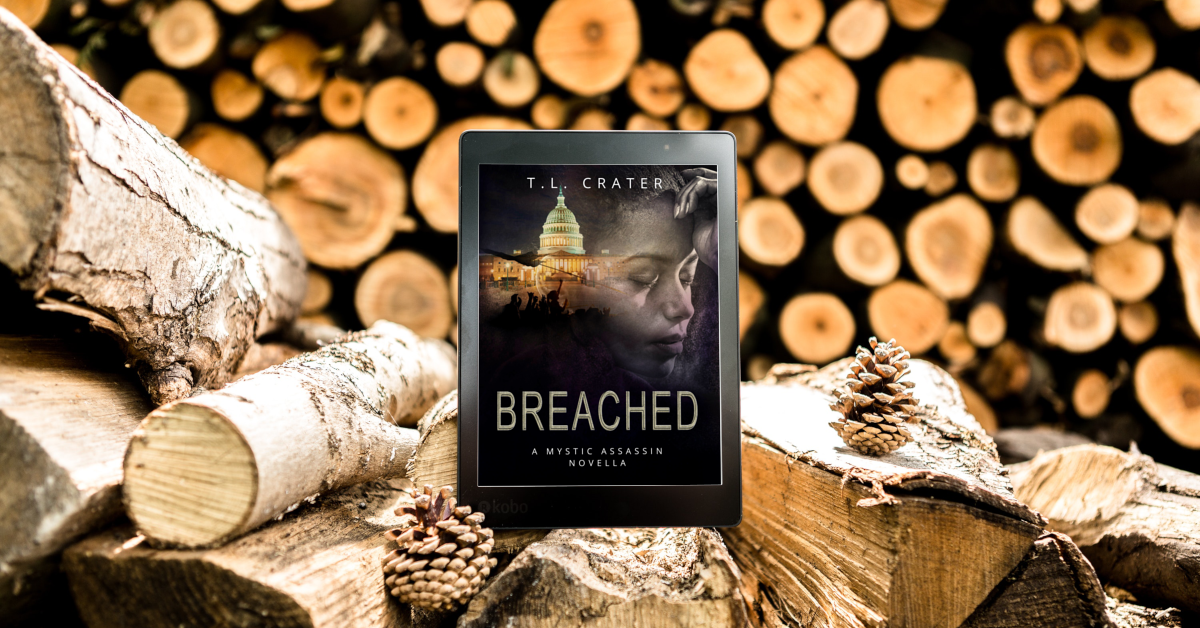John and Caitlin Matthews have come out with an excellent resource for all you Arthurian fans. The Complete King Arthur: Many Faces, One Hero is just that—complete. It takes us from a thorough investigation of all the historical figures who could have been our Arthur straight through to contemporary reworkings of the story in books, films, opera, paintings, and song.
![The Complete King Arthur: Many Faces, One Hero by [Matthews, John, Matthews, Caitlín]](https://i0.wp.com/images-na.ssl-images-amazon.com/images/I/51CAsMGyAKL.jpg?w=230&ssl=1)
Just where did this larger-than-life story come from? Oddly enough, one contender is the Arthur of Rome, Lucius Artorius Castus, a soldier sent to the north to defend the empire. The troops he oversaw fought on horses carrying long spears under a dragon banner. The book then explores both battle leaders and kings who lived a bit after Lucius, many of whom may have inspired the legend. Then there is the warrior, Arthur of the battles, who probably originated from the Book of Taliesin. The Matthews explore the battles of the 5th and 6th centuries, looking at Geoffrey of Monmouth’s list as well, trying to piece actual history together with his rather loose telling of the story.
Next the Matthews jump into what I find more compelling, the Arthur of myth, exploring the oldest tellings of the tales. They show how Arthur became a symbol of the sovereignty and unity of Britain (which is more Wales than England during these times), then show how Arthur grew from a rather brutal warrior of the Dark Ages into a medieval king. Many British monarchs created ancestral bloodlines that directly connected them to King Arthur, a bit tricky since we can’t really say for sure who he was. Several had Arthurian stories enacted for their courts, allowing the lords and ladies to dress as these characters. Even as late as the 19th century, Queen Victoria had William Dyce painted her robing room with Arthurian frescos. Arthur represented ideal governance, fairness, emphasizing equality, helping those in need, rescuing damsels in distress, and searching for the Holy Grail—that enduring symbol of enlightenment.

(galleryhip.com)
The Matthews trace how the Grail became associated with the Arthurian legend. Also how Merlin, who was not much present in the early tellings, became a central figure along with Lancelot, another late-comer. Some eras emphasize the supposed indiscretions of Guinevere and Lancelot, while others the quests and adventures. The Matthews point out that each age molds the story to reflect their own ideals and problems.
The book finishes up with a thorough examination of those who have told the tale of Camelot through the ages, starting with Taliesin and Geoffrey of Monmouth, to Chretien de Troyes, to Mallory, Tennyson, T.H. White, Mary Stewart and up to the late 20th century and early 21st with writers such as Marion Zimmer Bradley and on into writers whom I haven’t read yet, but am eager to dive into.

If you’re a fan of Arthur and all things related to this story, you’ll find something of interest in this book.





